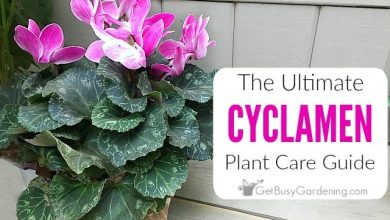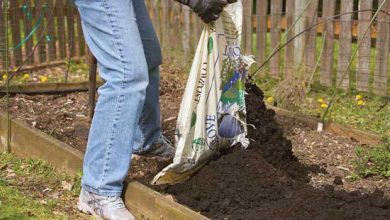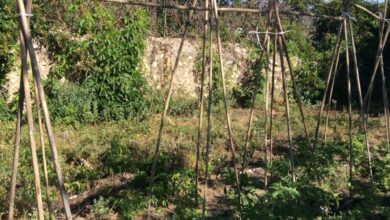Care of the alocasia polly, the mini elephant ear
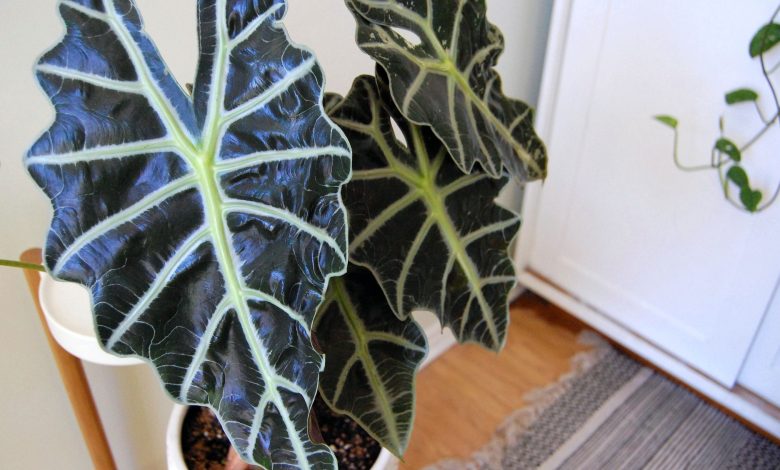
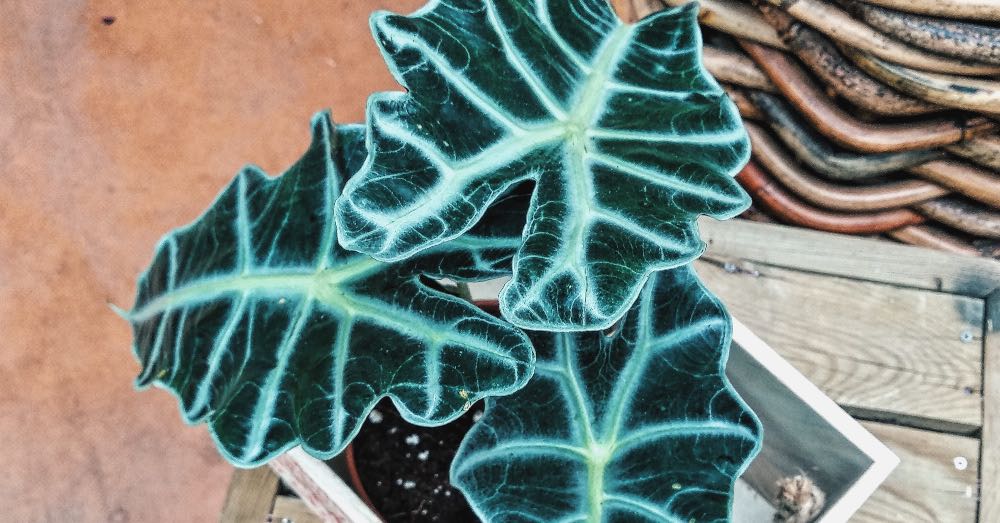
There are few indoor plants that attract as much attention as this representative of the alocasias. One that combines two attractions that make it one of the favorites. On the one hand, the incredible beauty of its intensely green leaves in which intensely white nerves stand out. On the other hand, there is no doubt that the care of the alocasia polly also do their bit to make it so popular. And it is that, unlike others of the same family, its cultivation is much less demanding. A detail that allows it to be an affordable plant for both gardening novices and those who already have experience.
The care of the alocasia polly responds, to a large extent, to its tropical origins. We are talking about a plant species native to central and southern America. Something that already gives us a clue of what their needs may be. And not only that. Knowing this detail completely rules out trying to grow this mini elephant ear outdoors. In very hot climates, it is feasible. However, in the vast majority of our country it will not thrive as it is sensitive to cold. And this term, cold, is extremely relative when we talk about tropical plants.
Before continuing with the care of the alocasia polly, we must know something. Calling it a mini elephant ear is not casual but actually responds to its size. Although the elephant ear plant can grow to more than a meter and a half, we cannot expect the same from this variety. Its maximum size does not usually exceed 50 centimeters and, really, it is part of its appeal. Because, far from being an inconvenience, it can be an ally for small houses looking for plants with a big impact.
7 SIMPLE CARE FOR ALOCASIA POLLY
As we said, the care of the alocasia polly does not entail great difficulty. Actually, for this plant to prosper, it is necessary to understand that it comes from warm climates and with a certain humidity. Two factors that will directly affect not only their well-being and their growth. They will also be decisive in maintaining the spectacular color of its arrow- shaped leaves. A good reason to take care of the alocasia polly and enjoy its beauty for a long time. And we say a long time because, well cultivated, it is a very long-lived perennial plant.
So, with a view to it being with us for a long time, let’s see in detail the care of the alocasia polly. One of those indoor plants capable of making you can’t stop looking at it.
1. A lot of light, essential in the care of the alocasia polly
It is probably the most demanding and one of the cares of the alocasia polly that we cannot ignore. In order to maintain its size, it demands a lot of light. But let’s not confuse this with direct sun since this is precisely harmful to its leaves.
If we expose it to sunlight, its leaves will burn. And if it doesn’t get the amount of light it demands, it will let us know by dropping its stems.
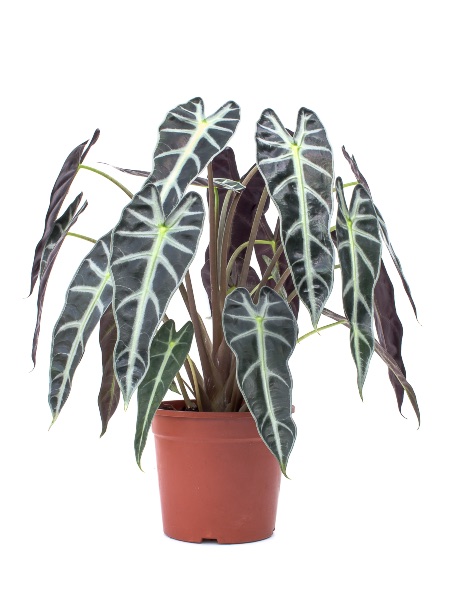
2. Abundant irrigation in the hot months
Since it is a tropical plant, the alocasia polly requires a good irrigation schedule in the sunny months. Ideally, during spring and summer, we keep the substrate moist. But beware: moist, not soaking wet. It is not a friend of puddles. This pattern of abundant irrigation changes radically with the arrival of winter. A time in which the ideal is to space the risks, since the plant will be in a latent period.
And just as important as watering correctly in quantity is doing it with the ideal water. The alocasia polly does not tolerate hard water. In fact, it will let us know that ours is by making brown spots appear on its leaves.
3. Environmental humidity, a key aspect for her
It is tropical and, with that, we have already said it all. For this reason, among the care of the alocasia polly, it is essential to provide it with high environmental humidity. We can achieve this using the oldest method in the world: spraying its leaves. But, for the forgetful, there is an even more effective and simple one. We mean creating a constant moist environment around it. Something that we can achieve by placing a plate with water slightly larger than the pot below it that is always! separated from its base. In this way, our plant will have that humid environment that it demands, but the water will not come into contact with the roots.
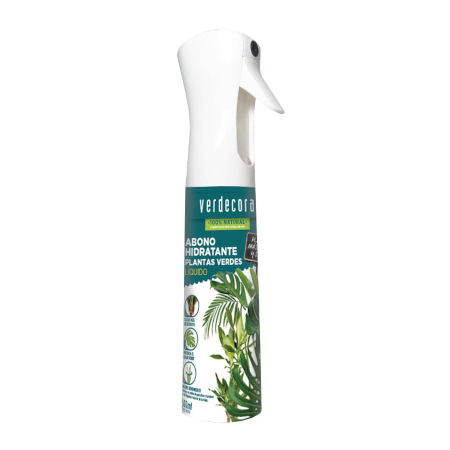
In line with this, another fundamental aspect that we have to consider: good drainage. Despite coming from swampy areas, neither excess water in the roots nor stagnant water suits it at all.
4. Transplant only in spring
If we comply with the care of the alocasia polly, she will reward us with good growth. We will be able to detect it because the roots will begin to appear through the drainage holes. If so, we will have to wait for the arrival of spring to transplant it. A moment in which the plant wakes up from its vegetative lethargy, and will be ready for the change of pot.
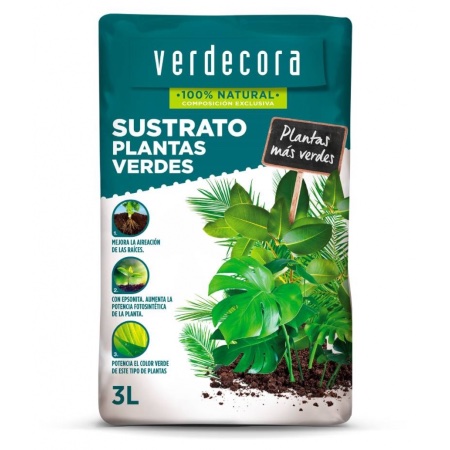
Just as important as changing it to slightly larger pots is that we use the right substrate. Ideally, in this renovation, we use a substrate for green plants. And this note is not accidental. The different types of plant substrates are designed to give each plant what it needs. And, in the case of green plants, they demand minerals and other components that will help them maintain their incredible color.
5. Warm temperature, another vital point in the care of alocasia polly
We already said it before: it is a cold plant. So much so that, below 10 degrees, its survival capacity is practically nil. A compelling reason for us to try to always have it between 20 and 25 degrees. And, at best, do not allow it to be exposed below 15 degrees.
6. Regular fertilization in the growing season
And, although taking care of the alocasia polly will allow us to see it grow, it is clear that it will need extra help. We refer to a regular dose of fertilizer that allows the plant to gain momentum to develop.
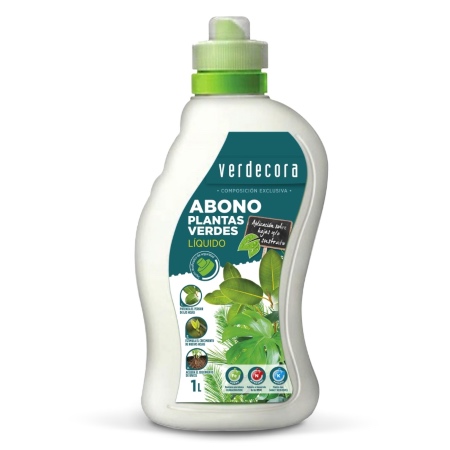
We will have to leave this task only for the months of growth of the plant. Or, put another way, for spring and part of summer. A time when it is recommended to apply a dose of liquid fertilizer for green plants every 15 days. What’s more: if our plant has lost its leaves during the winter, the application of fertilizer will allow it to repopulate in a healthy way and much faster.
7. Clean leaves, healthy plant
Incredible as it may seem to us, yes: it is one of the cares of the alocasia polly that influences its well-being. Keeping its leaves clean allows the plant to photosynthesize correctly. And thus maintain your health. So nothing like cleaning them with a dry cloth on a regular basis or, failing that, with a specific cleaner for leaves.
And now that you know how to care for the alocasia polly, are you going to resist having it among your plants?

![Photo of Vriesea: [Characteristics, Cultivation, Care and Disadvantages]](https://www.complete-gardening.com/wp-content/uploads/2022/08/vriesea-characteristics-cultivation-care-and-disadvantages-390x220.jpg)
